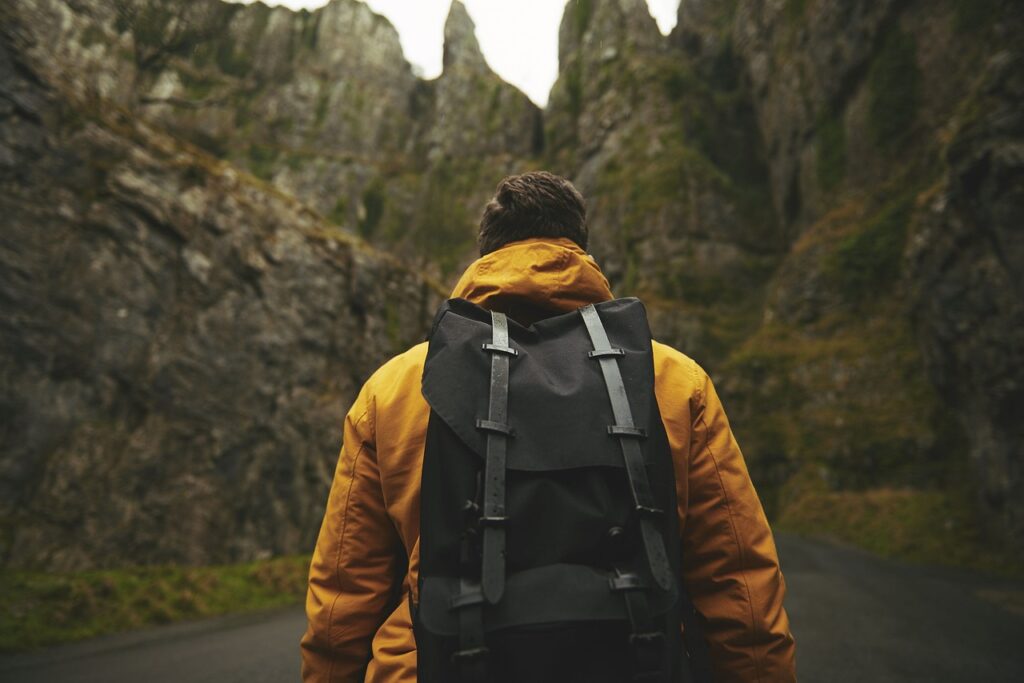
Whether you’re a weekend hiker, a seasoned mountaineer, or a camping enthusiast, your outdoor gear is more than just equipment—it’s your lifeline in the wilderness. High-quality gear helps ensure your safety, comfort, and enjoyment, but it requires care and attention to perform at its best. Proper maintenance can significantly extend the life of your gear, saving you money in the long run and reducing your environmental footprint. In this post, we’ll walk you through some essential best practices for maintaining your outdoor gear so you can enjoy your adventures without worrying about gear failure.
Cleaning is always the first step to getting everything done whether it’s in your household, at school, or even at work. Outdoor gear especially clothing, footwear, and even tents can have some dirt on them, sweat, moisture, and oils that can be harmful to the performance of the gear.
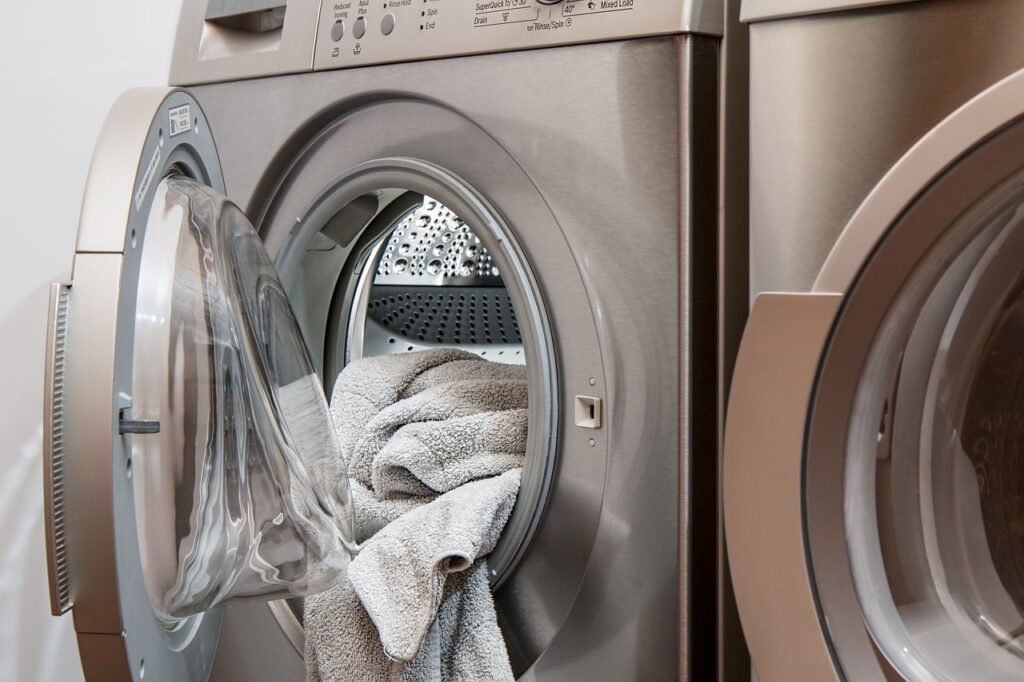
When washing your clothes make sure to follow the proper instructions
Washing: Make sure to follow the manufacturer’s care instructions when washing your clothing. Some fabrics require gentle washing to preserve their peak performance for which you may need a specific mild non-detergent cleaner.
Drying: Avoid using high heat when drying – air dry whenever possible. If you have to use a dryer you should opt for a low heat setting to preserve the integrity of the fabric.
Footwear care: After a hike, you should properly clean out your boots with a soft brush and some warm water. For other types of boots such as leather boots, you should use a specialized cleaner and a conditioner to keep it soft and waterproof.
Whenever it comes to storing your gear in between trips, the way you store them should matter to you as much as how you clean them. Storing them properly helps you prevent wear and tear and keeps your gear in ready-to-use condition.
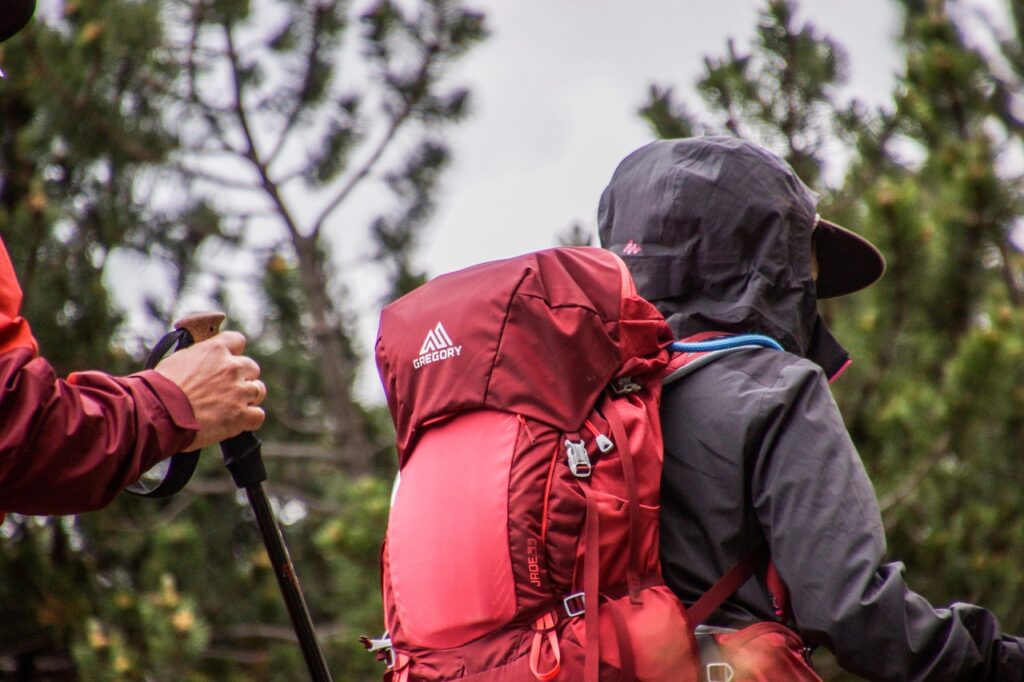
Always take care of your gear such as backpacks
Tents: Never store a tent when it’s dirty. After drying the tent, store it loosely in a cool and dry place. You should avoid packing it tightly into a stuff sack used for long-term storage.
Backpacks: You should store your backpacks in a cool dry place away from the sunlight. Be aware that if the equipment is exposed to extreme heat it can cause it to lose its loft.
Ropes: Always store your climbing ropes in a place that is dry, cool, and ideally inside a rope bag which will protect it from things such as abrasion and UV damage. You should always keep it outside of direct sunlight when you are not using them.
Whenever your gear gets damaged you should always repair it, we know that it’s always tempting to put off doing the repairs but this can lead to a much bigger problem in the long run. As such if you do notice any problems you should always address them head-on to avoid further damage.
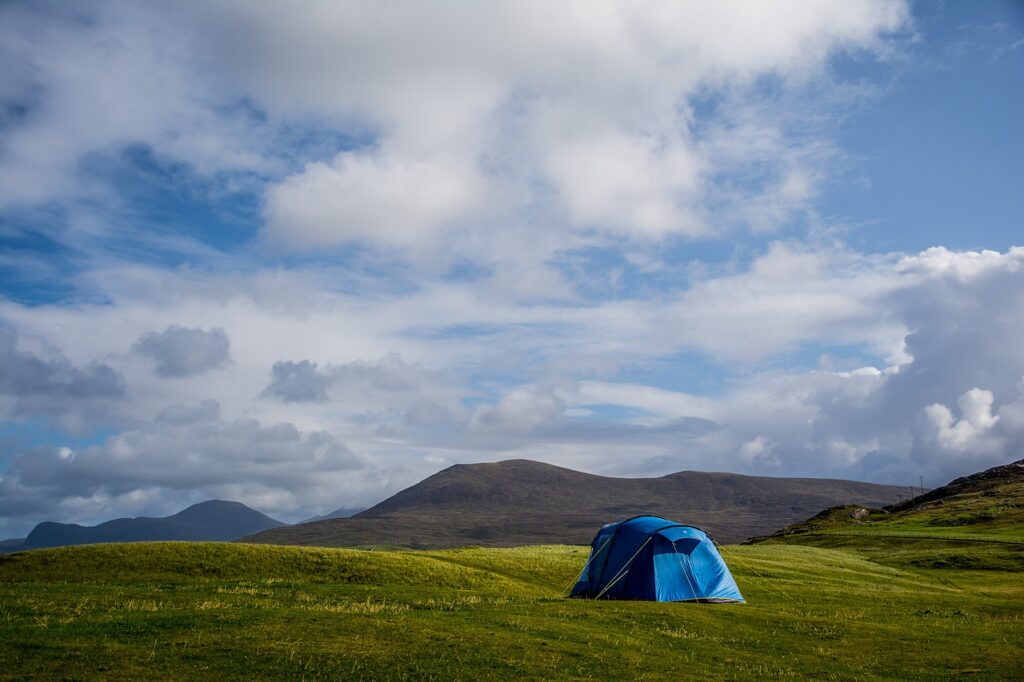
Repair your stuff before it needs to be done by a professional
Tents: You should always use a repair kit which will help you fix the small rips and holes in your tent. For anything larger than them you might need to use something more complex such as a heavy-duty patch or even consider some professional repair service.
Footwear: If your boots seem to have damaged seams or some small holes in them you should use a boot glue or adhesive patches to seal them up temporarily until you can get them properly replaced.
Backpacks: Small tears and holes can be repaired with sewing kits which are designed for outdoor gear or some adhesive patches. If a zipper breaks you should consider replacing it or taking it to a repair shop.
Outdoor gear such as tents, jackets and boots often come with a water repellent called shortly DWR coating that helps you shed water. Over time this coating can come off which will reduce your waterproofing ability on your gear.
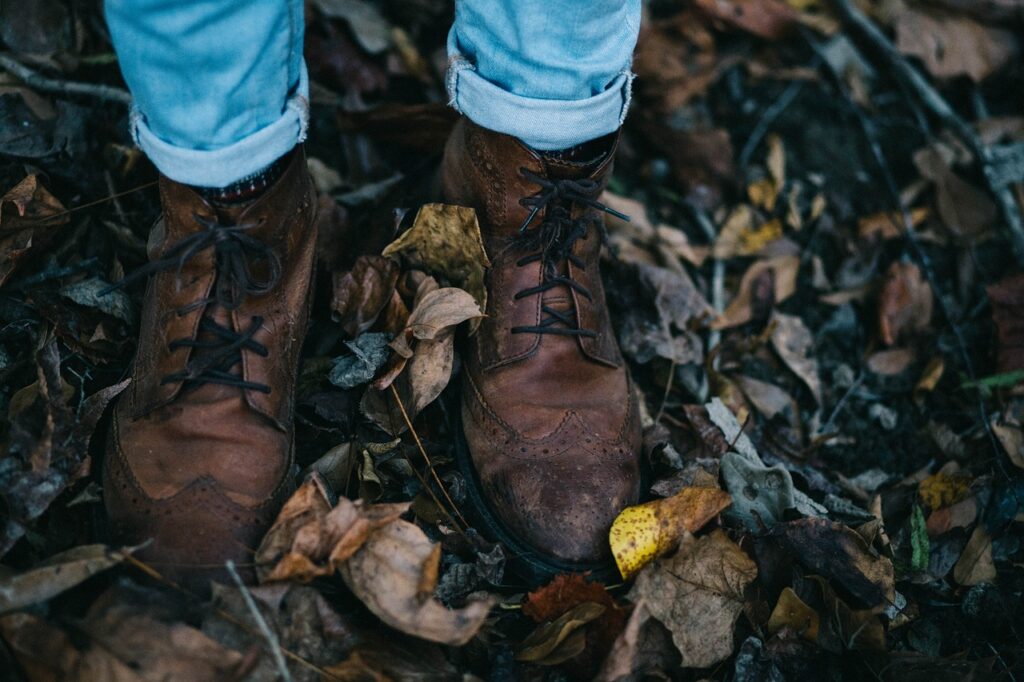
Apply all the necessary stuff your boots to perform at their peak
Reapply DWR: You can always refresh the DWR treatment with sprays or wash-in treatments specifically designed for your outdoor gear. You should always apply the product according to the instructions given to you and allow it to dry completely.
Waterproofing Boots: Leather boots should be treated with specialized waterproofing waxes, while the fabric of the boots may require some kind of a different type of water repellent.
In conclusion, prepare your equipment for the upcoming journey. You can make sure that your outdoor gear is always prepared for the next adventure by adhering to these best practices. Your equipment’s lifespan and optimal functioning depend on routine cleaning, appropriate drying, cautious storage, and timely repairs. Ultimately, your equipment is an investment in your enjoyment and safety; maintaining it guarantees that it will continue to function effectively whether you’re climbing a distant mountain or exploring a nearby trail.
Give yourself the assurance that your equipment will be dependable and prepared to tackle any challenge the great outdoors may present by taking the time to maintain it.


